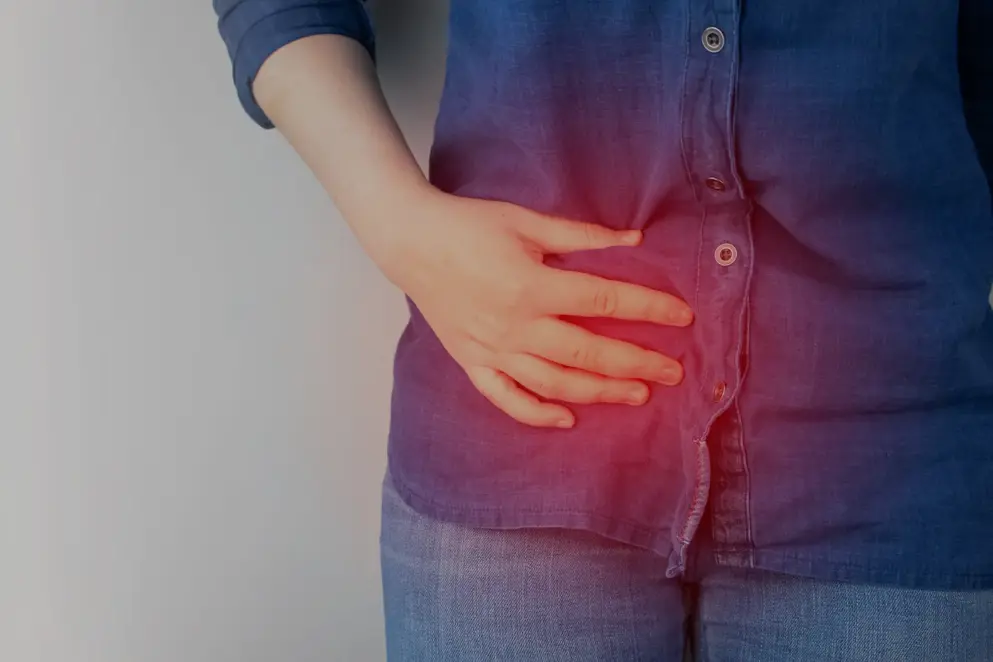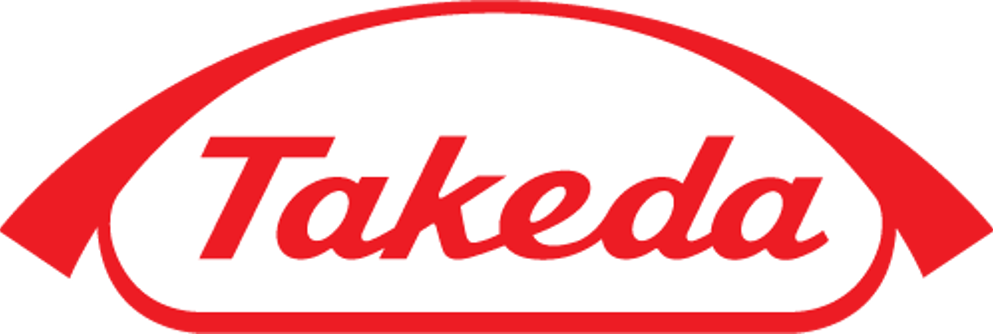
Immunology of IBD
Get to grips with the immunological aspects of inflammatory bowel disease.
- Visualise the role of innate/adaptive immunity with our diagrammatic summary
- Improve your knowledge of how lymphocyte trafficking is altered in IBD
- Learn how IBD pathophysiology has informed recent drug development
In this section
Maintaining intestinal homeostasis
The gut mucosal immune system forms a protective barrier that preserves the integrity of the gastrointestinal tract1.
The gastrointestinal tract represents the largest area of contact with the external environment in the human body2. In healthy individuals, intestinal homeostasis is maintained through constant interaction between the contents of the gastrointestinal tract and the gut mucosal immune system1. This involves striking a balance between tolerance to food, self- and non-pathogenic microbial antigens, and protection against invading pathogens3.
Innate and adaptive immunity in IBD
In genetically predisposed individuals, IBD may develop as the result of a dysregulated immune response against a microbiome that exists in a state of dysbiosis4. It is thought that both innate and adaptive immune pathways play a role in producing the excessive intestinal inflammatory response that characterises patients with IBD (Figure 1)5. Crosstalk between the two is controlled by dendritic cells and is crucial for the maintenance of intestinal homeostasis3.
While pro-inflammatory cytokines produced by certain T cell subsets are associated with inflammation and tissue damage in inflammatory bowel disease, some T cells may also produce anti-inflammatory cytokines that are thought to aid barrier function and resolution of inflammation6.
Figure 1. Innate and adaptive immune cell activation in IBD. Innate and adaptive immune cells involved in the pathogenesis of IBD and cytokines released by the different cell subsets in the affected tissue are shown (Adapted6). CD, Crohn’s disease; IFN-γ, interferon-γ; IL, interleukin; ILC, innate lymphoid cells; NK, natural killer; TNF, tumour necrosis factor; TGF, transforming growth factor; UC, ulcerative colitis.
Lymphocyte homing in IBD
Infiltration of the intestinal mucosa by large numbers of T lymphocytes is a key feature of IBD3. Naïve T-lymphocytes are activated in the gut-associated lymphoid organs via interaction with antigen-loaded dendritic cells. T lymphocytes activated in the gut lymphoid organs gain gut-specific homing receptors enabling them to home back to the gut and enter the lamina propria through tissue-specific homing pathways6–9. Here, T lymphocytes can differentiate into other cell types capable of damaging the gut tissue6,7.
Mucosal addressin cell adhesion molecule-1 (MAdCAM-1) is expressed on the surface of intestinal endothelial cells and in gut-associated lymphoid tissues10. Lymphocytes bearing the α4β7 integrin selectively bind to MAdCAM-1, facilitating migration of these lymphocytes to the gut11. Expression of MAdCAM-1 is increased in the inflamed tissue of patients with IBD via the activity of pro-inflammatory cytokines10,11.
Both inflammatory cytokines and T lymphocytes and their derivatives cause destruction of epithelial cells and damage the gut wall. This allows an increased number of microbes to breach the epithelial barrier6,12,13.
Production of inflammatory cytokines by activated immune cells located in the intestinal tissues results in recruitment of further immune cells, which in turn produce more cytokines, leading to anti-epithelial cytotoxicity favouring further translocation of luminal antigens, which perpetuates a cycle of inflammation in the gut5,7. Sustained intestinal inflammation results in structural and functional bowel abnormalities with associated disability7,14.
Targeting pathophysiological pathways in IBD
By specifically targeting the interactions of the molecules that mediate intestinal homing, this pro-inflammatory response can be reduced and as a result, lymphocyte trafficking has emerged as an attractive therapeutic target in patients with IBD5–7.
Learn more about anti-lymphocyte trafficking
Similarly, given the involvement of cytokines in producing the inflammatory response, a number of therapies that target cytokine activity are currently available for the treatment of IBD15,16. Figure 2 provides an overview of the immunological pathways that are being targeted by current and emerging IBD therapies.
Figure 2. Overview of the immunological pathways that have been targeted by current and emerging IBD therapies (Adapted4). IFN-α, interferon-α; IL, interleukin; JAK, Janus kinase; M cell, microfold cell; MAdCAM-1, mucosal addressin cell adhesion molecule-1; STAT, signal transducer and activator of transcription; TGF, transforming growth factor; TNF, tumour necrosis factor.
More information on current and emerging therapies for IBD can be found in the Treating IBD section of this Learning Zone.
of interest
are looking at
saved
next event
Developed by EPG Health for Medthority in collaboration with Takeda, with some content provided by Takeda.
C-ANPROM/INT/IBDD/0041 October 2021.

